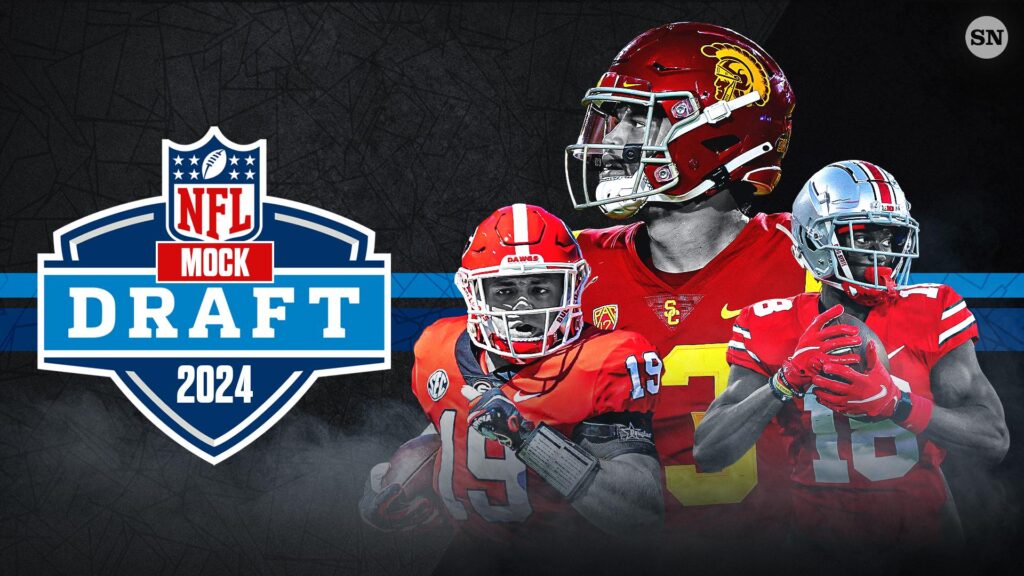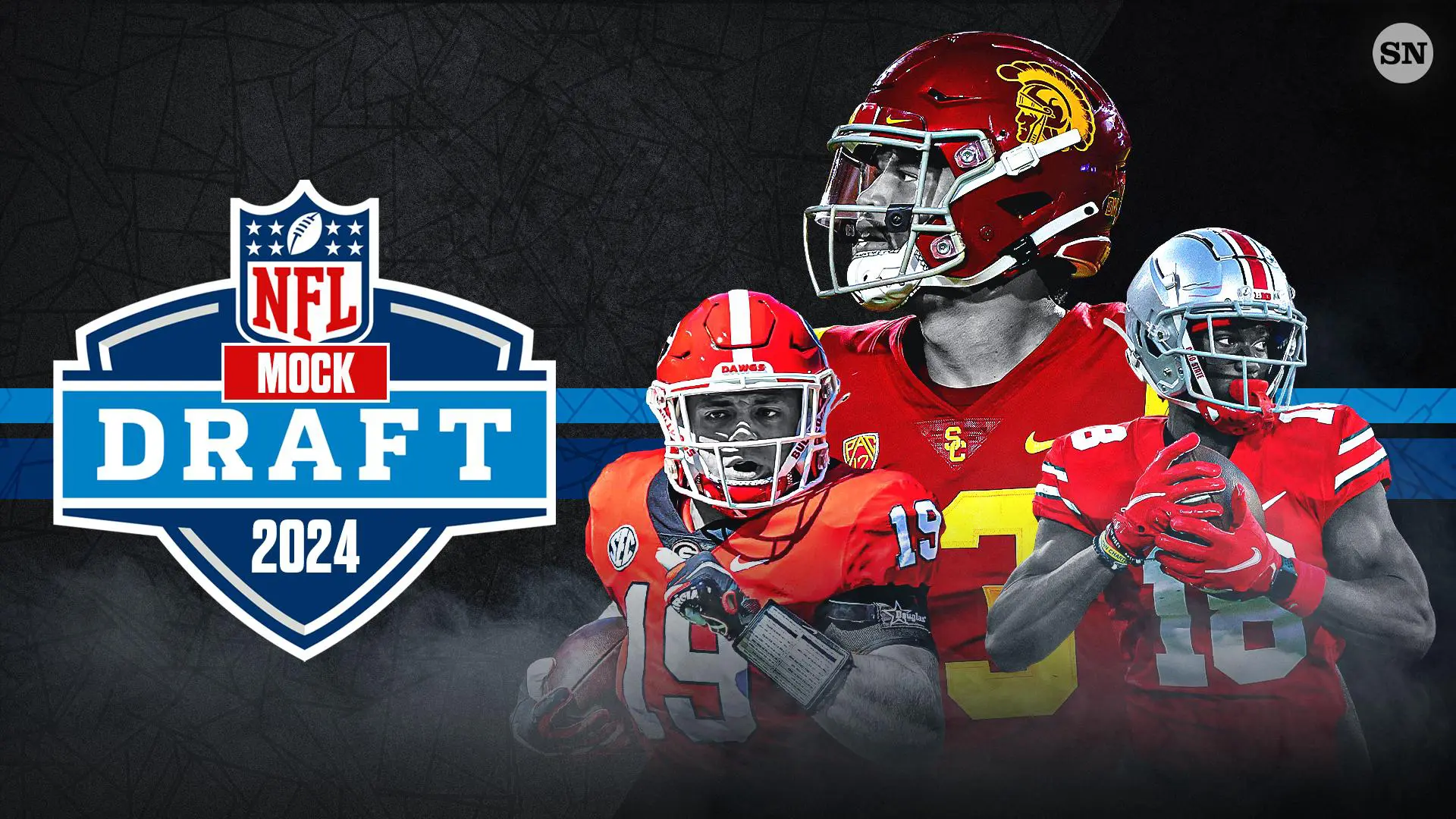The NFL Draft: Production vs. Potential
The 2025 NFL Draft is now in the books. It is the greatest talent show on the planet. And because I am in the talent business, it is one of the most fascinating events of the year for me.

There are many similarities and lessons learned, particularly, in how they each view production and potential in the way they evaluate and acquire their talent.
Production versus Potential: I am in the midst of a national recruiting campaign for a Top Ten nationwide insurance broker. We are seeking to hire 50 insurance producers (sales professionals) during 2025. Our evaluation of production versus the potential/attributes of a candidate is a critical part of our recruiting process. Here is how they NFL and the Insurance World view these:
Production:
Insurance World: Many of the hiring authorities we work with seek producer candidates with a long track record of production (sales). The gold standard is typically those who have sold at least $500k in insurance during the last 24 months or those having a book of business of one million dollars. Of course, attributes such as determination, communication skills, empathy, passion, technical knowledge point to potential, but not the overriding factor in hiring.
NFL World: In the world of college and professional football, production is measured mostly by data, metrics, and related statistics. How many TDs has a quarterback thrown in a year, how many yards has a running back gained, how many sacks by a defensive lineman, etc.?
As an example, Michigan’s Defensive Tackle, Mason Graham, was the fifth player taken in the entire 2025 draft and, although a really big guy, his physique and overall physical appearance was very average compared to his mostly chiseled colleagues. But his performance, as measured by the football experts, for a defensive tackle was phenomenal; the best in college football. He seemed to make every tackle on the field. Probably a future NFL Pro Bowl talent.
Attributes:
Insurance World: Harvard Business Review published a landmark article dated June 2014 titled, 21st Century Talent Spotting, by Claudio Fernandez-Araoz, that many consider the best article on talent ever written.
He lists top four attributes of talent: 1) Curiosity, 2) Insight, 3) Engagement, and 4) Determination. I will throw Empathy and Mental Acuity into the mix. I have other clients, particularly, those hiring younger sales talent to train and develop who focus much more on attributes such as these to build and grow their sales force. They have mostly been successful hiring those with these attributes. They are focused on potential.
NFL World: Attributes considered in the NFL are data points such as 40-yard dash, height/weight, hand size, arm length, even the wingspan of an individual. Each of these metrics has shown to be a predictor of future success for a positional NFL player.
A large hand size is important for a quarterback since he has to be able to grip the ball in windy, rainy, or snowy conditions. A running back has to be able to run fast so a 40-yard dash time is important for them. Wingspan is important for a lineman because they have to be able to grab and shed blockers to get the quarterback or make a tackle.
Texas A&M’s Defensive End, Shemar Stewart is a great example of this. From an attribute and data point of view, he has nearly the perfect measurables to be a very successful defensive end in the NFL. He ran the 40-yard dash in an amazing 4.59 seconds weighing at nearly 300 pounds! He runs faster than many running backs!
But his production was minimal. He had a mere 1.5 sacks last year and a minimal number of tackles. This enormous chasm between production and potential make him an extreme case of a familiar dilemma faced by NFL teams…do we draft a player based on production or attributes? Shemar Stewart was the 17th player selected out of 257 college players in the entire NFL Draft this past weekend. Case closed.
Most NFL teams now have a R&D department filled with analytics and statistics gurus that just focuses on the relevant data to fine-tune their draft selection process for each position.
My take: This balance between production and potential is something we struggle with every day in the insurance recruiting business. There is no right or wrong answer. Every client is different.
Our clients’ specific requirements drive our recruiting operations, but we do find a high correlation of success for those hiring on attributes for younger people and production for more experienced candidates.
Do you have a Mason Graham or Shemar Stewart in your firm?



